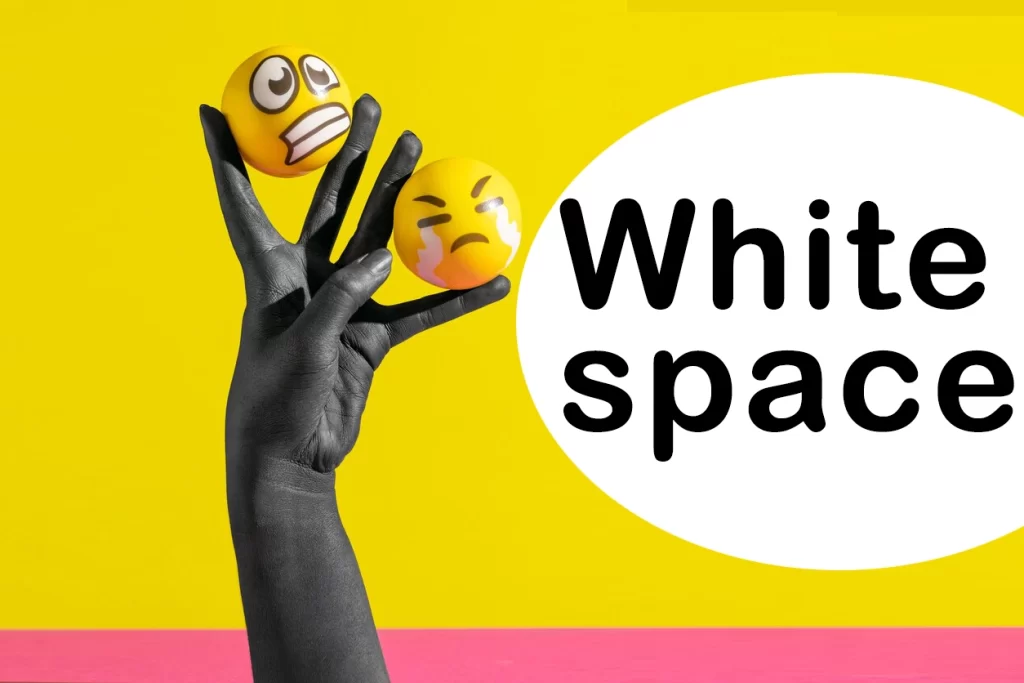
The Role of Whitespace in Effective Web Design
Whitespace, also known as negative space, is a fundamental element of design that often goes unnoticed but plays a crucial role in creating effective and visually appealing websites. Let’s explore why whitespace matters and how to use it effectively in web design.
- What is Whitespace?
Whitespace refers to the empty space between design elements on a page. Despite its name, it doesn’t necessarily have to be white – it’s simply the absence of content or visual elements.
- Improves Readability
Proper use of whitespace can significantly enhance the readability of your content:
- Use ample line spacing to make text easier to read
- Add margins around paragraphs to create a more comfortable reading experience
- Use whitespace to separate different sections of content
- Enhances Focus and Attention
Whitespace can direct users’ attention to specific elements:
- Surround important elements with whitespace to make them stand out
- Use whitespace to create a visual hierarchy, guiding users’ eyes to key information
- Creates Visual Balance
A well-balanced design is more aesthetically pleasing:
- Use whitespace to balance text-heavy areas with lighter, more open sections
- Create symmetry or asymmetry intentionally using whitespace
- Supports Branding
Whitespace can contribute to your brand’s personality:
- Generous whitespace can convey elegance, simplicity, or luxury
- Less whitespace might communicate energy, urgency, or information density
- Improves User Experience
Whitespace plays a crucial role in user experience:
- It prevents cognitive overload by giving the eye a place to rest
- It can make navigation more intuitive by grouping related elements
- Enhances Mobile Experience
On smaller screens, whitespace becomes even more critical:
- It makes tap targets easier to interact with
- It improves readability on smaller displays
- Facilitates Comprehension
Whitespace can help users better understand and retain information:
- Use whitespace to group related items together
- Separate distinct sections with whitespace to improve information processing
- Conveys Professionalism
A thoughtful use of whitespace can make your site appear more professional:
- It creates a clean, uncluttered look
- It demonstrates attention to detail and design principles
- Encourages Interaction
Strategic use of whitespace can guide users to interact with your site:
- Use whitespace to make buttons and call-to-action elements more prominent
- Create breathing room around interactive elements to make them more inviting to click
How to Implement Whitespace Effectively:
- Start with more whitespace than you think you need – it’s easier to add content than to create space
- Use a grid system to maintain consistent spacing
- Consider both micro-whitespace (within elements) and macro-whitespace (between major sections)
- Test your design on various devices to ensure whitespace works across different screen sizes
- Don’t be afraid of “empty” space – it’s a powerful design tool, not wasted real estate
Remember, the goal of whitespace isn’t to create a minimalist design (unless that’s your intention), but to enhance the overall user experience and effectiveness of your website. By thoughtfully incorporating whitespace into your web design, you can create a more engaging, readable, and visually appealing site that effectively communicates your message and guides users to take desired actions.
